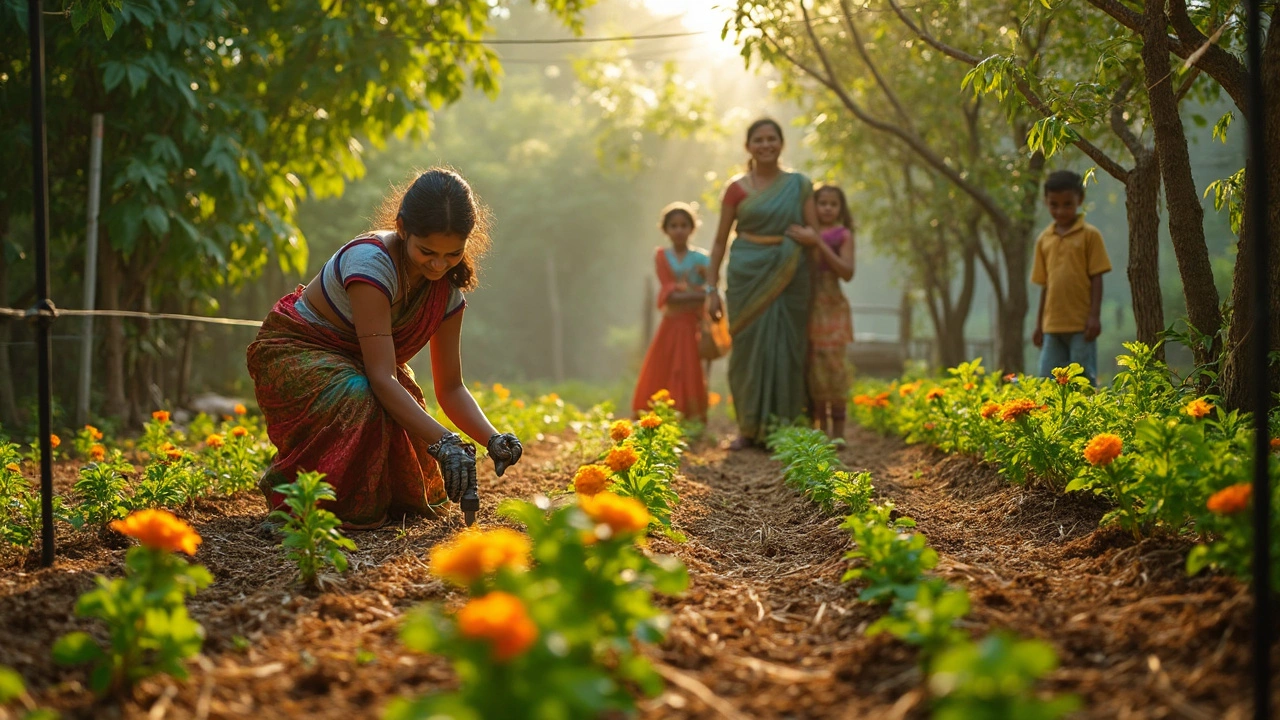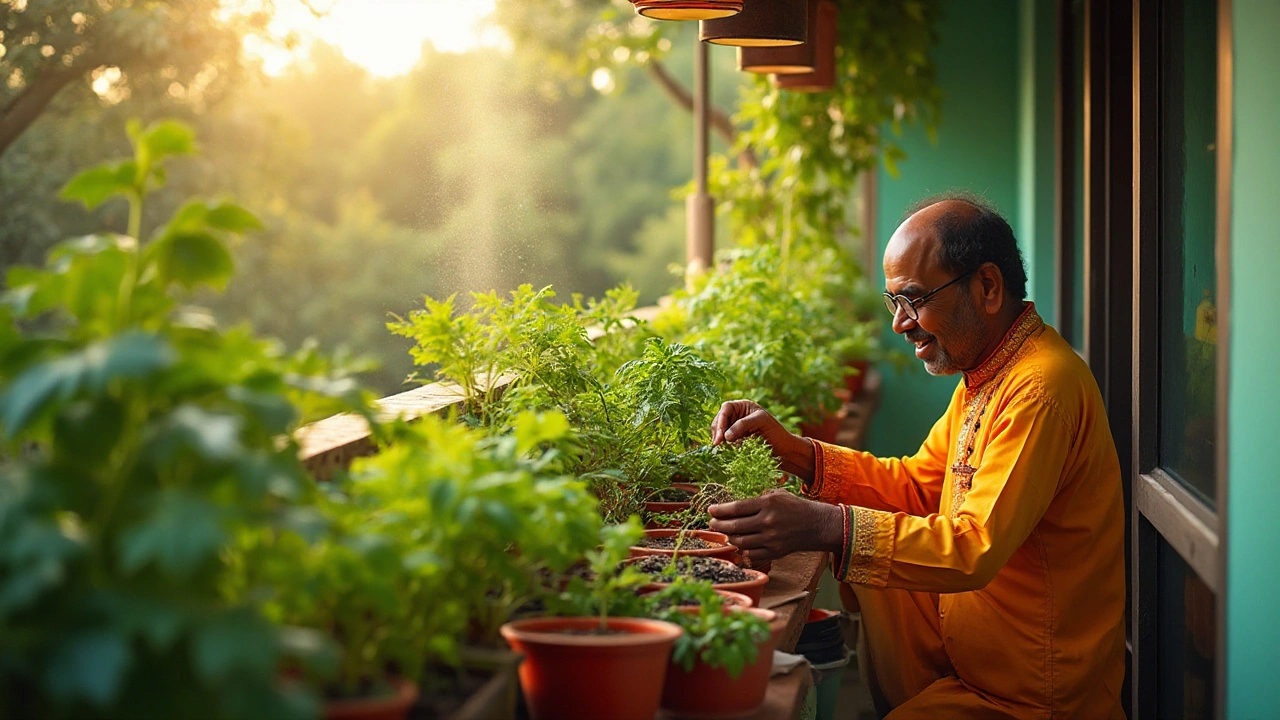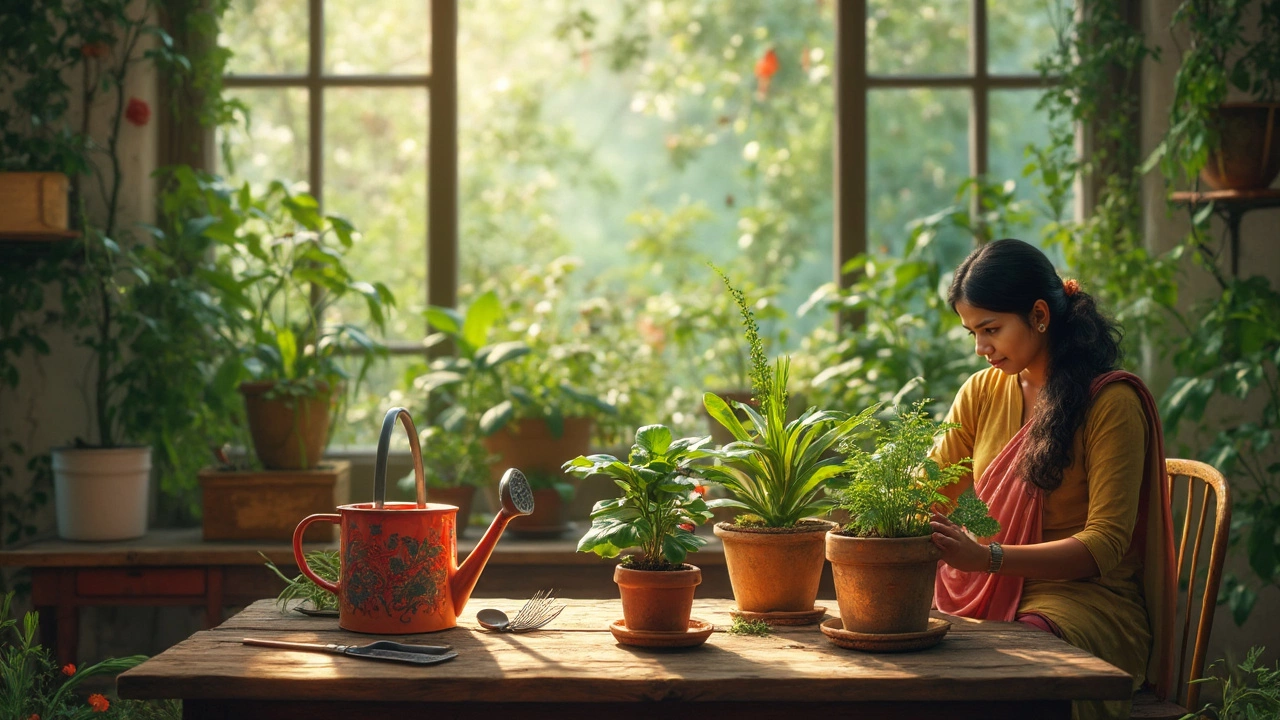Mulch: The Simple Secret for Healthier Gardens
When working with Mulch, a layer of organic or inorganic material spread over the soil surface to conserve moisture, suppress weeds, and improve soil structure. Also known as ground cover, it helps plants thrive by creating a stable micro‑environment. Using mulch is one of the easiest ways to make a garden more resilient without expensive equipment.
Why Mulch Matters for Every Garden
Mulch directly influences soil health, the ability of soil to support plant growth, retain nutrients, and host beneficial microbes. It also enhances water retention, the capacity of soil to hold moisture after rain or irrigation. Pairing mulch with compost, decomposed organic matter that enriches soil fertility creates a nutrient‑rich, moisture‑balanced bed that needs less frequent watering.
Gardeners who practice no‑till gardening, a method that avoids digging to preserve soil structure and life find mulch especially valuable. The layer protects the soil surface, reduces the need for mechanical soil disturbance, and lets earthworms work undisturbed. In short, mulch encompasses soil health, requires proper material choice, and enables no‑till practices to flourish.
Choosing the right material depends on climate, budget, and aesthetic preference. Organic options like straw, shredded bark, leaves, and coconut coir break down over time, adding carbon to the soil and feeding microbes. Inorganic choices—such as gravel, black plastic, or landscape fabric—last longer but don’t contribute organic matter. For Indian gardeners dealing with hot summers, a mix of straw and leaf litter provides quick shading while slowly enriching the soil, whereas in rainy regions a breathable bark mulch helps prevent waterlogging.
Practical application is straightforward but matters. Spread mulch 2‑4 inches thick around plants, leaving a small gap at the stem to avoid rot. Apply it after the soil has warmed in spring and re‑apply annually or after heavy rains. When you have a drip‑irrigation system, lay mulch over the emitters; it reduces evaporation and directs water straight to the root zone, making the system more efficient.
Common mistakes include piling mulch against plant crowns, using too thin a layer, or selecting material that retains too much moisture in a humid climate. Over‑mulching can trap heat, invite fungal diseases, and suffocate roots. Conversely, a thin layer evaporates quickly, offering little benefit. Always monitor soil moisture and adjust depth seasonally—lighter in winter, thicker in summer.
Now that you understand how mulch ties together soil health, water retention, compost, and no‑till methods, you’ll see why it appears throughout our garden‑focused articles. Below you’ll find a curated set of posts that dive deeper into watering schedules, soil rehydration, drip‑irrigation setup, and other sustainable gardening techniques that work hand‑in‑hand with mulching.
Drip Irrigation Under Mulch: Worth It or Not?
Putting drip irrigation under mulch can be a game-changer for water conservation and plant health. This article digs into the benefits and possible issues of combining these two gardening techniques. Find out how to set up your system for the best results, learn a few tricks to avoid common mistakes, and see why some folks swear by this method. Is it right for your garden? Let’s break it down, so you can decide what works best for your space and your plants.
- manufacturing
- India
- food processing
- garden tips
- rice cultivation
- government schemes
- balcony garden
- urban gardening
- balcony gardening
- profitable business
- business ideas
- plastic manufacturing
- drip irrigation
- plant care
- steel manufacturing
- sustainable gardening
- startup ideas
- steel industry
- flower gardening
- textile manufacturers






